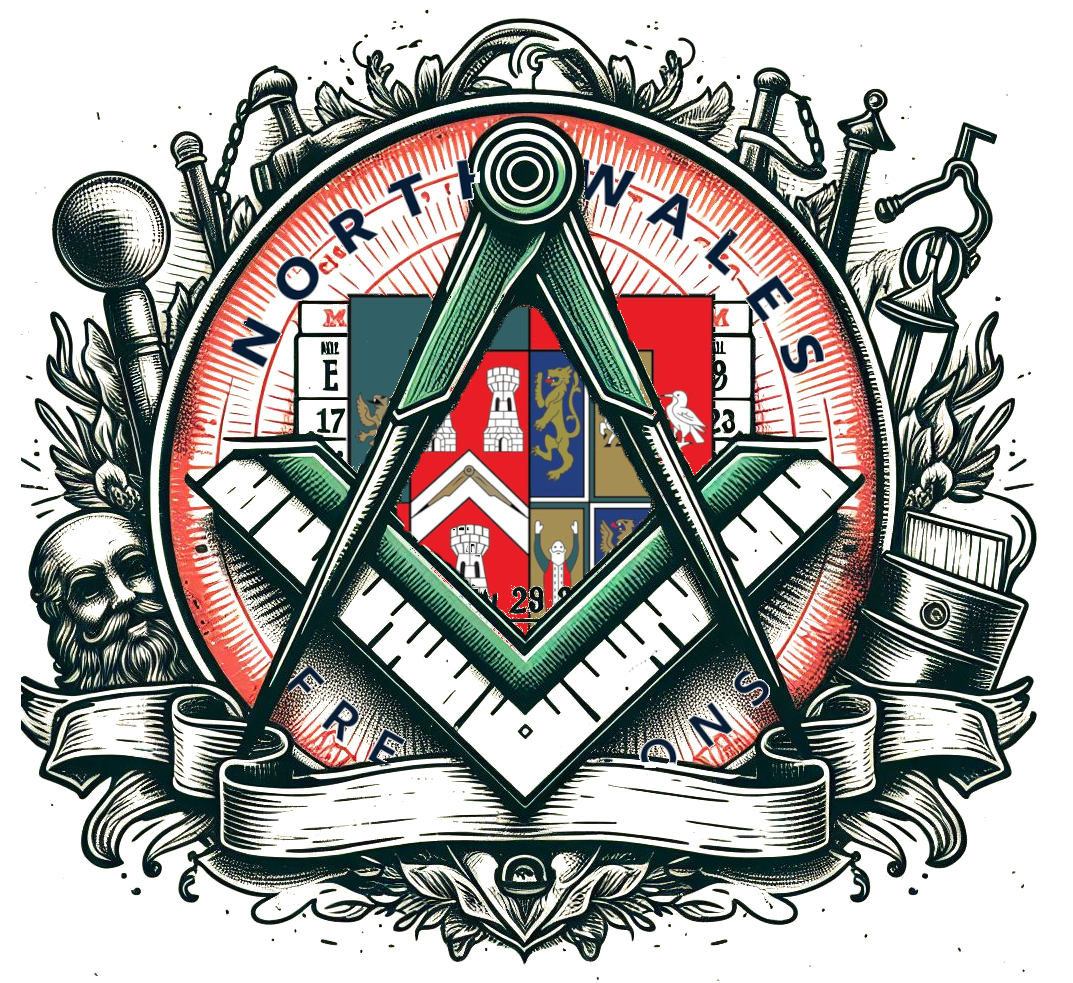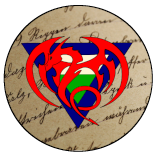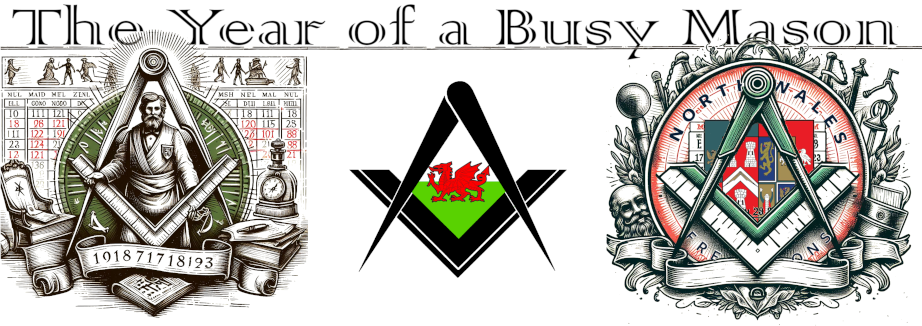This evening was the fourth Masonic Event of the week.
- Valle Crucis Chapter Committee meeting
- Wynnstay Chapter Committee meeting
- Pilgrim Lodge 75th Anniversary
- Wrexhamian Lodges rehearsals.
Since, once again the planning was done in secret, and not involving the members of committee members, I decided to skip the rehearsals and just meet up with a few of the members in the pub afterwards for a few drinks.
It turns out that the committee members voting for a lecture at our meeting has been overruled by the Chaplin who wants to show off and do the second degree tracing board to show off to his London guests. It is a repeat of last year where we ended up doing three or four seconds in a row (weirdly kicking out our EA’s to instead do demo’s instead of live candidates).
It may be time to look at other Lodges.
Update Count:- Attended/Total
20/21 – Meetings
9/9 – Visits
12/15 – Rehearsals
7/7 – Committee
1/1 – Group Meeting
2/3 – AGM’s
2/2 – Special
Masonic Halls – 11


Freemasonry (Craft)
One of the oldest social and charitable organisations in the world, Freemasonry's roots lie in the traditions of the medieval stonemasons who built our cathedrals and castles.
It is here that a number of the famous elements of Freemasonry find their roots. In the medieval era, stonemasons often travelled around to find work in different locations. To demonstrate their level of qualification, they would use grips, words and signs in order to distinguish themselves from unqualified builders.
Freemasonry uses building analogies to teach members how to lead productive lives that benefit the communities that they live in. In the medieval era, stonemasons wore aprons and gloves to protect themselves while working on shaping rough pieces of stone, but in today’s society Freemasons meet to build friendships and communities rather than cathedrals and castles.

